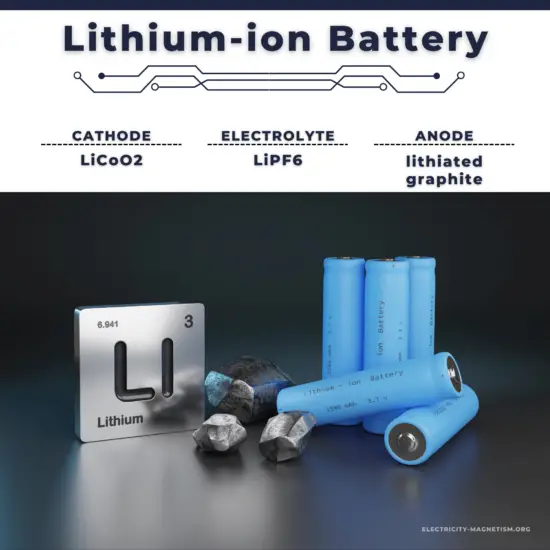Explore the world of Application-Specific Integrated Circuits (ASICs), their history, design process, applications, advantages, and future trends.

Understanding Application-Specific Integrated Circuits (ASICs)
At its core, an Application-Specific Integrated Circuit (ASIC) is a type of integrated circuit (IC) that is tailored for a specific purpose, as opposed to being designed for general-purpose use. They are crucial elements in various technological fields such as electronics, telecommunications, and computing.
History and Development of ASICs
ASICs have a fascinating history that dates back to the early 1980s. They were developed as a response to the limitations and constraints of general-purpose ICs, and have since experienced steady evolution in their capabilities.
- The first ASICs, known as semi-custom ASICs, were built upon existing IC designs and customized to suit specific applications.
- Subsequently, full-custom ASICs were introduced. These ASICs, as the name suggests, were designed and built from scratch for a specific application, offering greater flexibility and performance.
- The latest generation of ASICs, known as platform ASICs, combines the benefits of semi-custom and full-custom ASICs. They offer a balance between customization and cost-effectiveness, and are widely used in modern technology.
Design and Production of ASICs
The design and production process of ASICs is complex and requires extensive knowledge in electronics and semiconductor physics. The steps generally involve the following:
- Designing the Circuit: This is where the specifications of the ASIC are defined based on the intended application. Various electronic design automation (EDA) tools are used to design the circuit.
- Creating the Mask: Once the design is finalized, a mask is created. The mask serves as a blueprint for the ASIC and is used during the manufacturing process.
- Fabrication: This step involves the actual manufacturing of the ASIC using the mask. It is typically done in a semiconductor foundry.
- Testing: After the ASIC is fabricated, it undergoes rigorous testing to ensure it performs as per the specifications and is free from defects.
The production of ASICs requires significant investment in terms of time and money. However, this is offset by their superior performance and efficiency in specific applications, especially when produced in high volumes.
Applications of ASICs
ASICs are integral to a vast array of technological systems due to their optimized performance and efficient power consumption. They can be found in:
- Consumer Electronics: From mobile phones to digital cameras, ASICs power various features and functions in our everyday devices.
- Telecommunication Systems: ASICs are vital in telecommunication infrastructure, enabling high-speed data transmission and efficient signal processing.
- Automotive Industry: In vehicles, ASICs control and manage various systems such as anti-lock braking systems, airbags, and fuel injection systems.
- Cryptocurrency Mining: ASICs are widely used in cryptocurrency mining due to their ability to perform specific calculations extremely quickly and efficiently.
Advantages and Disadvantages of ASICs
ASICs offer numerous advantages, such as high performance, power efficiency, and the ability to integrate large amounts of functionality onto a single chip. However, they also come with certain drawbacks.
- High Initial Cost: Designing and manufacturing ASICs require a significant upfront investment.
- Long Development Time: The design, fabrication, and testing process for ASICs can be time-consuming.
- Lack of Flexibility: Unlike programmable devices, ASICs are hardwired for a specific function and cannot be reprogrammed or reused for another application.
Future of ASICs
Looking forward, the demand for ASICs is set to increase as technology becomes more specialized. Developments in nanotechnology and semiconductor materials could further enhance the capabilities of ASICs, paving the way for more advanced and efficient electronic systems.
Conclusion
In conclusion, ASICs are a vital component of the modern technological landscape. Despite the high initial cost and development time, their superior performance and efficiency in specific applications justify their widespread use. The future of ASICs looks promising, with new advancements set to further enhance their capabilities and broaden their applications. Their role in shaping technology cannot be understated, and their impact will only grow as our world becomes increasingly digital and connected.



